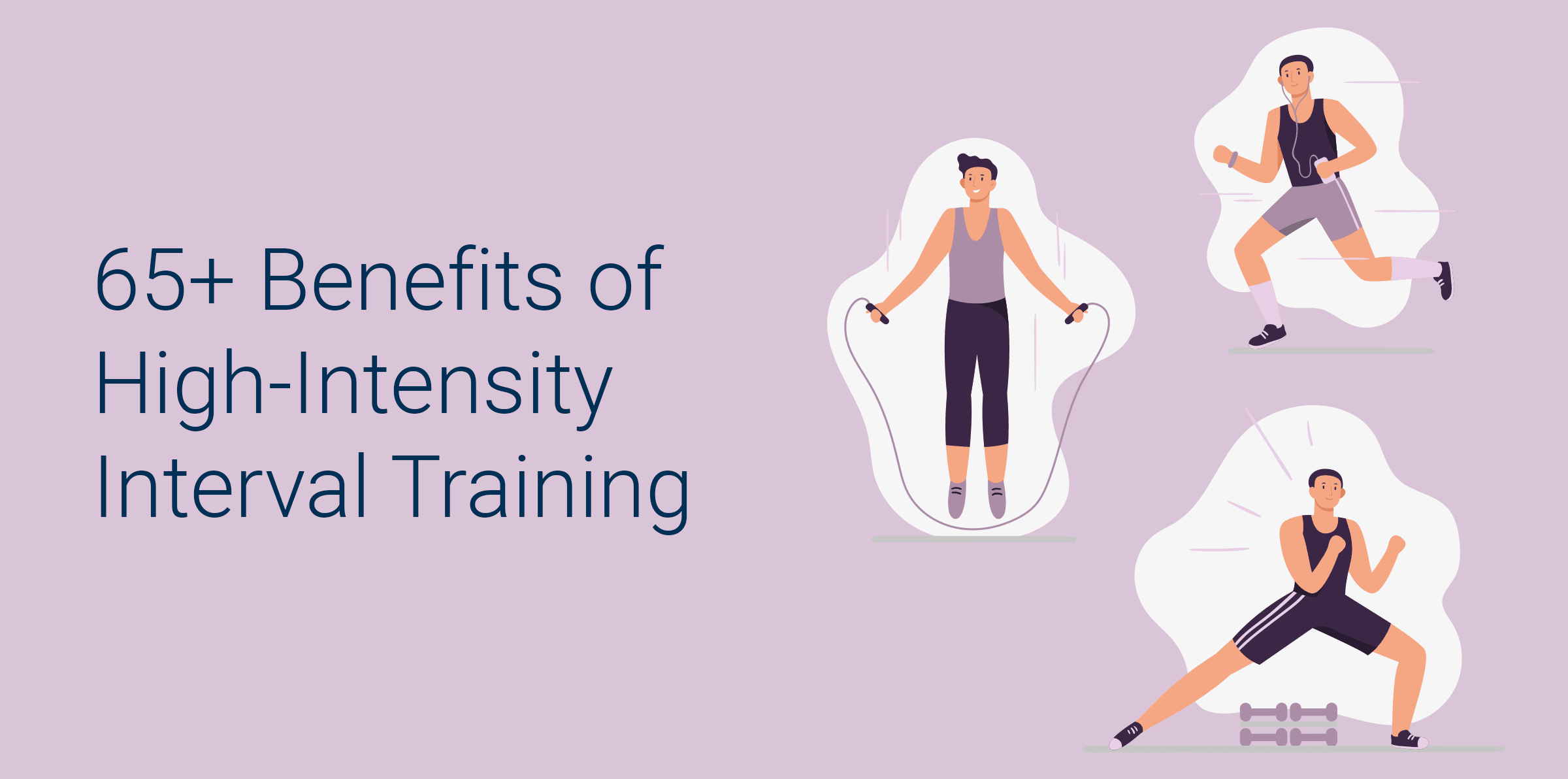Insightful Updates
Stay informed with the latest news and trends.
HIITing It Hard: Why Short Workouts Pack a Big Punch
Discover why short, intense workouts deliver maximum results! Unleash your fitness potential with HIITing It Hard and transform your routine.
The Science Behind HIIT: How Short Bursts of Exercise Transform Your Fitness
High-Intensity Interval Training (HIIT) has gained popularity in the fitness community for its effectiveness in transforming physical fitness within a short time. At its core, HIIT involves alternating between short bursts of intense exercise and periods of rest or lower-intensity activity. This method harnesses the body's natural energy systems, utilizing both aerobic and anaerobic pathways. Studies have shown that just a 20-minute HIIT session can yield benefits equivalent to an hour of traditional steady-state cardio, making it a time-efficient choice for busy individuals.
One of the key scientific principles behind HIIT is the afterburn effect, officially known as excess post-exercise oxygen consumption (EPOC). After completing a HIIT workout, your body continues to burn calories at an elevated rate as it works to restore itself to a resting state. This phenomenon not only helps with calorie burning but also enhances metabolic rate over the following hours, contributing to improved fat loss and cardiovascular fitness. In summary, incorporating HIIT into your routine can lead to significant changes in body composition and endurance through scientifically-backed mechanisms.

Top 5 Benefits of HIIT Workouts: Why They’re Perfect for Busy Lives
High-Intensity Interval Training (HIIT) has emerged as a game-changer for individuals with packed schedules. One of the primary benefits of HIIT workouts is their efficiency; these sessions typically last between 15 to 30 minutes while offering the same benefits as a longer, steady-state workout. This time-saving aspect allows you to squeeze in an effective fitness routine without disrupting your busy lifestyle. Furthermore, HIIT workouts can be easily integrated into your daily schedule, making it possible to stay fit even during the most hectic days.
Another significant advantage of HIIT is its ability to boost your metabolism. This workout style enhances afterburn, also known as excess post-exercise oxygen consumption (EPOC), allowing you to burn calories long after your session has ended. Incorporating HIIT into your fitness routine can lead to better weight management without requiring hours at the gym. By prioritizing these high-intensity exercises, you're not just saving time; you're also maximizing the effectiveness of your workouts, supporting a healthy and active lifestyle.
Is HIIT Right for You? Exploring the Pros and Cons of High-Intensity Training
High-Intensity Interval Training (HIIT) has gained immense popularity in the fitness world due to its time-efficiency and effectiveness. One of the primary pros of HIIT is that it can deliver significant results in a shorter timeframe compared to traditional training methods. This is primarily because HIIT workouts boost your metabolism and continue to burn calories long after the workout has ended, a phenomenon known as the 'afterburn effect'. Additionally, HIIT can improve your cardiovascular health, increase strength, and enhance overall fitness levels without requiring hours at the gym.
However, it’s essential to consider the cons of HIIT before deciding if it's right for you. While many can benefit from the intensity of these workouts, they may not be suitable for everyone, particularly those with certain medical conditions or injuries. The high-impact nature of HIIT can lead to a greater risk of injury if not performed with proper form and technique. Moreover, beginners may find the workouts overwhelming, which can lead to burnout or discouragement. Therefore, it’s crucial to assess your current fitness level and consult a professional if necessary before diving into HIIT.